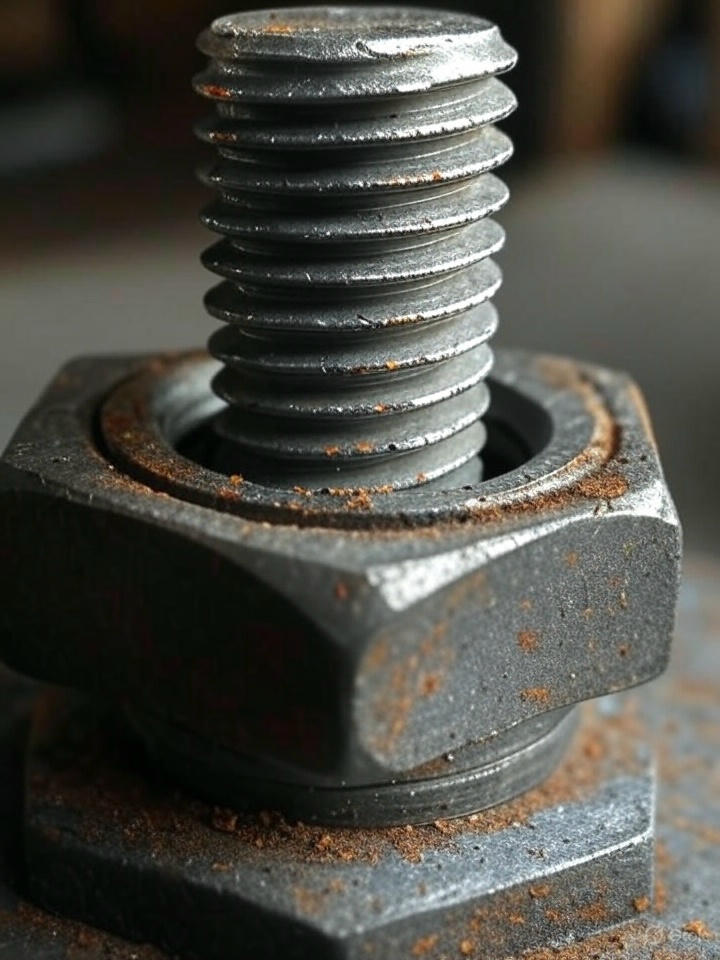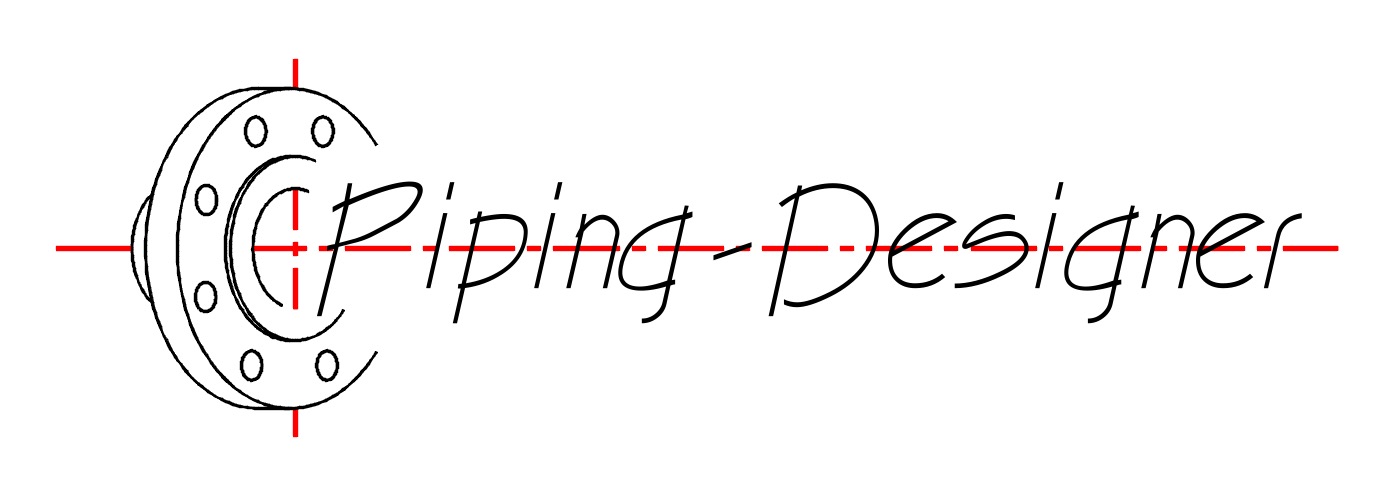Fretting Corrosion
 Fretting corrosion, also called fretting wear or fretting fatigue, is a type of wear and corrosion that occurs at the interface of two tightly fitting surfaces subjected to small oscillatory movements or vibrations. This typically happens when there is insufficient lubrication or when the surfaces are in contact under load, leading to micro-movements that remove protective oxide layers. As a result, fresh metal is exposed to the environment, accelerating corrosion and producing fine debris, often reddish-brown in color due to iron oxide. Commonly observed in mechanical assemblies such as bolted joints, bearings, and shafts, fretting corrosion can lead to material degradation, increased friction, and potential failure if not addressed. Proper design, lubrication, and material selection are key to mitigating its effects.
Fretting corrosion, also called fretting wear or fretting fatigue, is a type of wear and corrosion that occurs at the interface of two tightly fitting surfaces subjected to small oscillatory movements or vibrations. This typically happens when there is insufficient lubrication or when the surfaces are in contact under load, leading to micro-movements that remove protective oxide layers. As a result, fresh metal is exposed to the environment, accelerating corrosion and producing fine debris, often reddish-brown in color due to iron oxide. Commonly observed in mechanical assemblies such as bolted joints, bearings, and shafts, fretting corrosion can lead to material degradation, increased friction, and potential failure if not addressed. Proper design, lubrication, and material selection are key to mitigating its effects.
Preventing fretting corrosion involves several strategies aimed at reducing the conditions that promote its occurrence. One effective method is to ensure proper lubrication between contacting surfaces, using oils or greases that minimize friction and protect against oxidation. Increasing the hardness of the materials through surface treatments like nitriding or carburizing can also reduce wear and the removal of protective layers. Additionally, designing components with tighter tolerances or using materials with compatible coefficients of thermal expansion can limit micro-movements. Applying protective coatings, such as zinc or cadmium plating, and incorporating dampening elements like rubber gaskets or springs can further mitigate vibrations. Regular maintenance and inspection to detect early signs of fretting, followed by timely re-lubrication or part replacement, are also crucial in preventing its progression.

